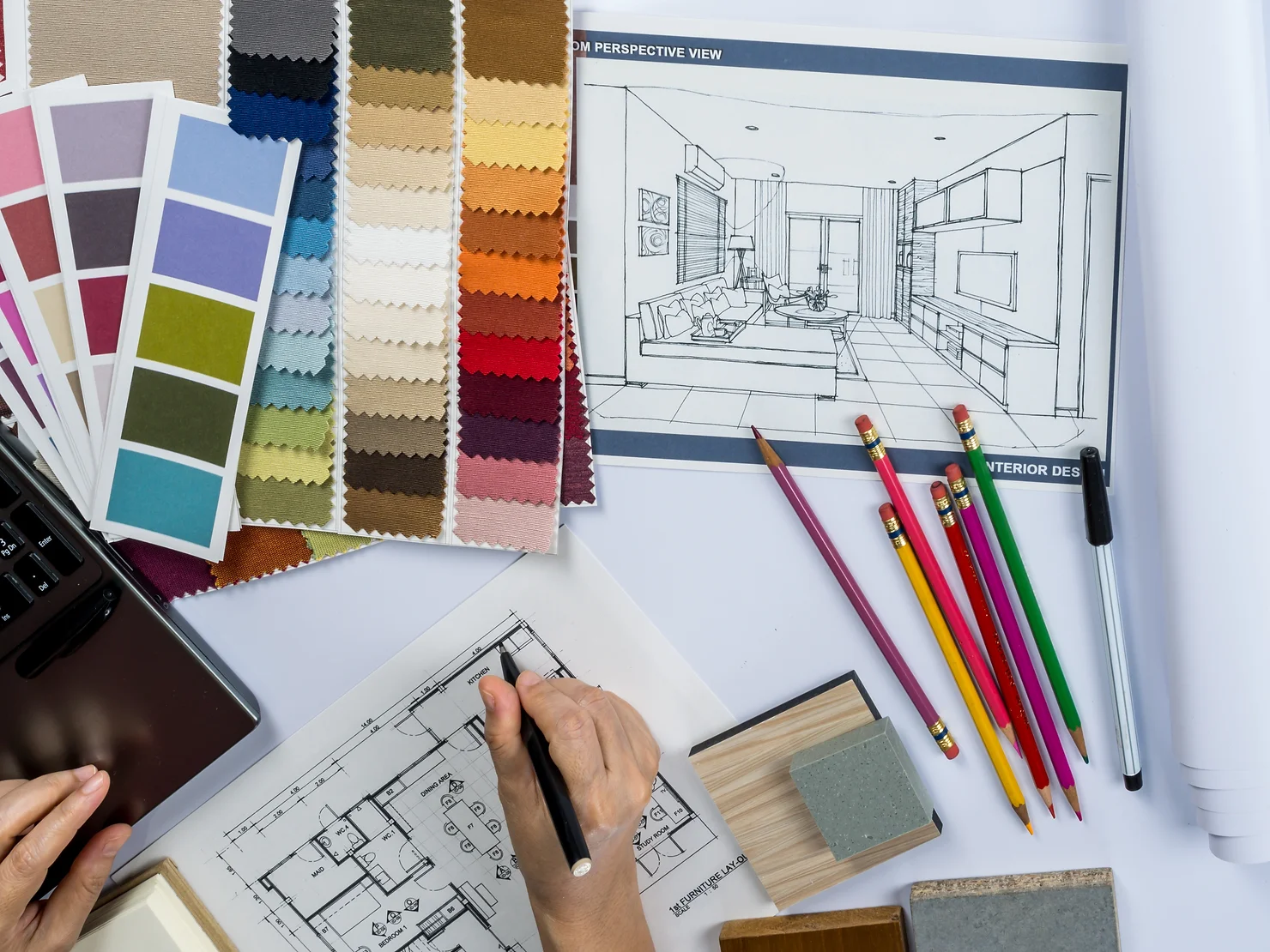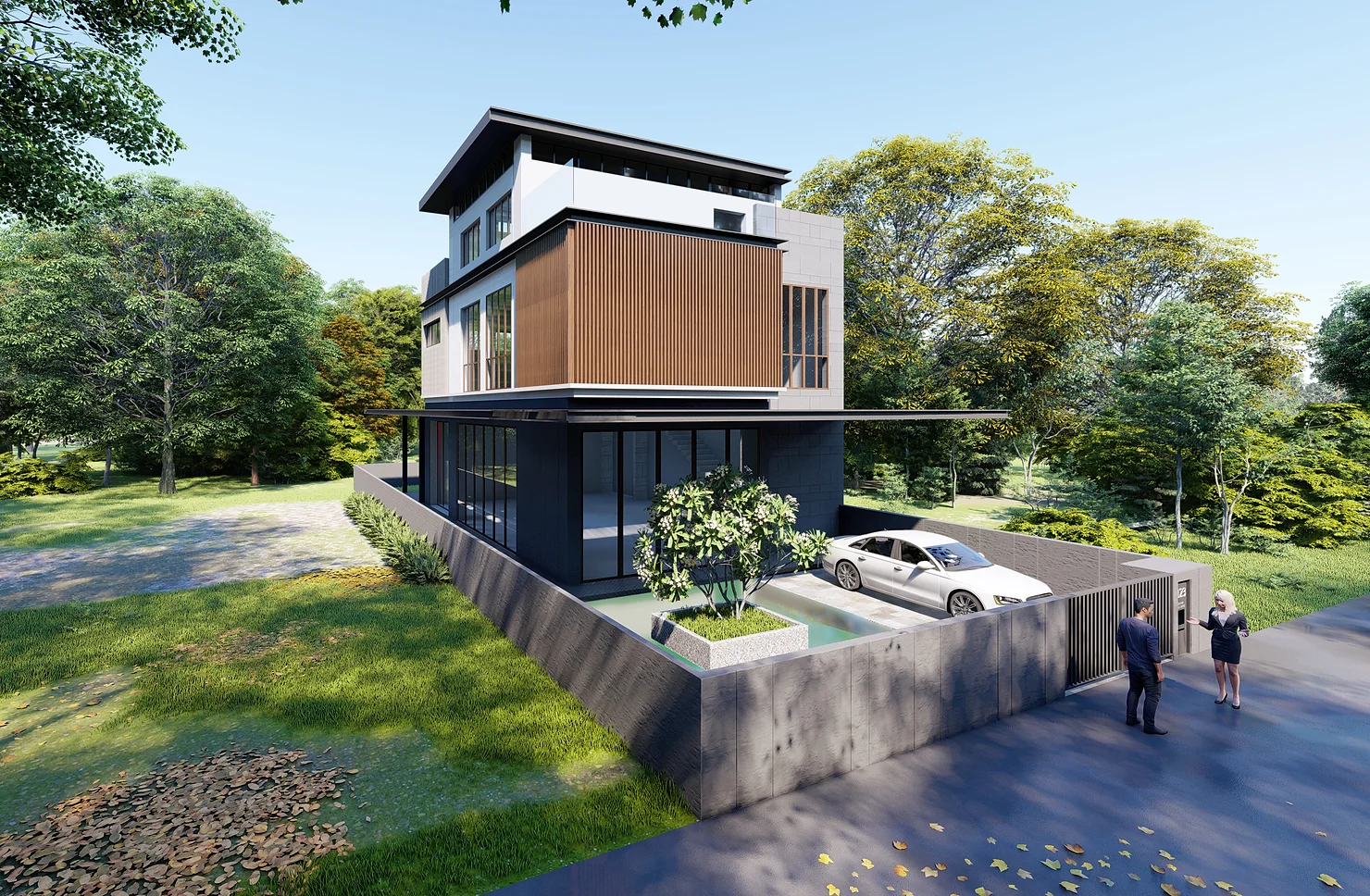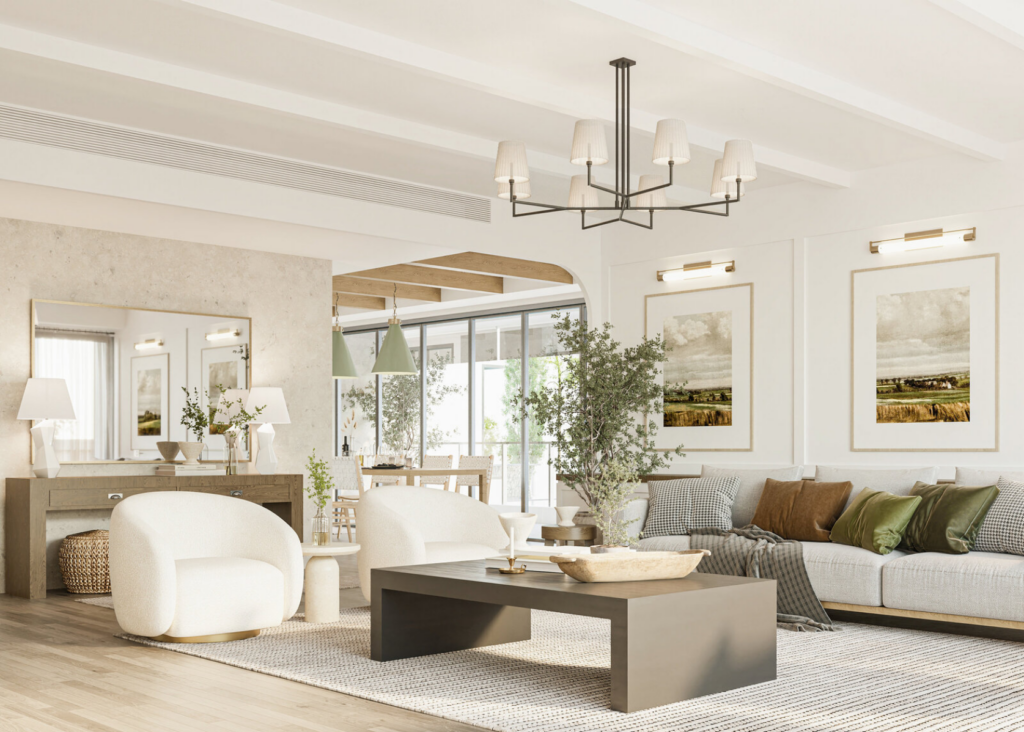
Some interiors feel staged, as if waiting for a camera crew to arrive. Modern rustic spaces never do. They carry a sense of life—wood marked by years of use, stone left unpolished, linen wrinkled from sunlight and touch. They reject excess and yet don’t worship minimalism. Modern rustic interior design is not a style that demands attention; it settles into a space the way light settles into a room at dusk—naturally, without pretense.
The appeal of modern rustic interior design lies in its contradictions—rough yet refined, old yet contemporary; something that doesn’t treat history as a relic but as a living presence in space. Understanding where it comes from, how it works, and where it’s headed is a prerequisite for getting a deeper grasp of its possibilities.
That said, the effortlessness of modern rustic is deceptive. The best setups feel intuitive because they are built on restraint, contrast, and letting materials do the work. Too much raw texture, and the room feels heavy; too much sleekness, and it loses warmth: the balance comes from knowing what to leave untouched and where to refine.
The Evolution of Modern Rustic Style
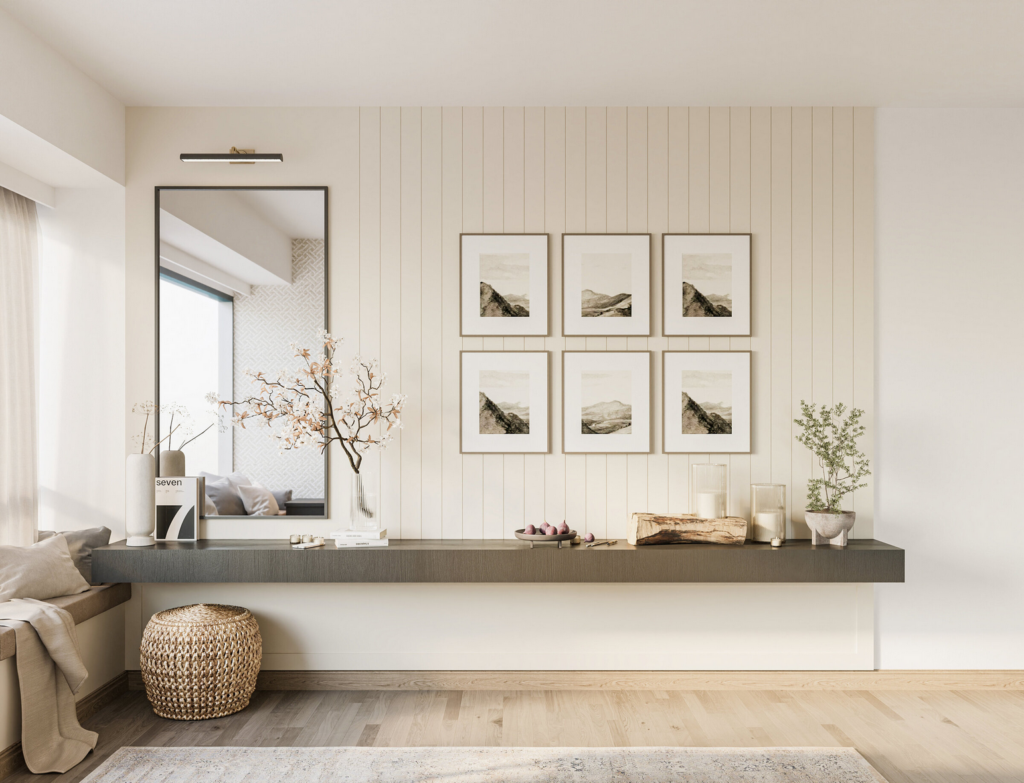
Rustic interiors existed long before anyone called them “rustic.” They weren’t designed; they were built for survival, with rough stone and uneven planks. Thick walls kept out the cold, beams held up roofs. People built with what they had—wood from nearby forests, stone from riverbeds, clay from the earth beneath. Everything had a reason for being there, because function dictated form. Early American log cabins, European farmhouses, and Scandinavian cottages all shared the same ethos; full of texture, warmth, and simplicity not by choice but by necessity.
Centuries later, modernism arrived, stripping spaces to their essence with simplified silhouettes and minimal ornamentation, while industrial materials temporarily pushed away organic ones. Glass, steel, open layouts—no clutter, no excess.
The two styles seemed naturally incompatible until the late 20th century, when designers began experimenting and pushing established borders. It was a response to changing values, as people started looking for more authenticity without giving up comfort.
Derivative Styles and Where They Diverge
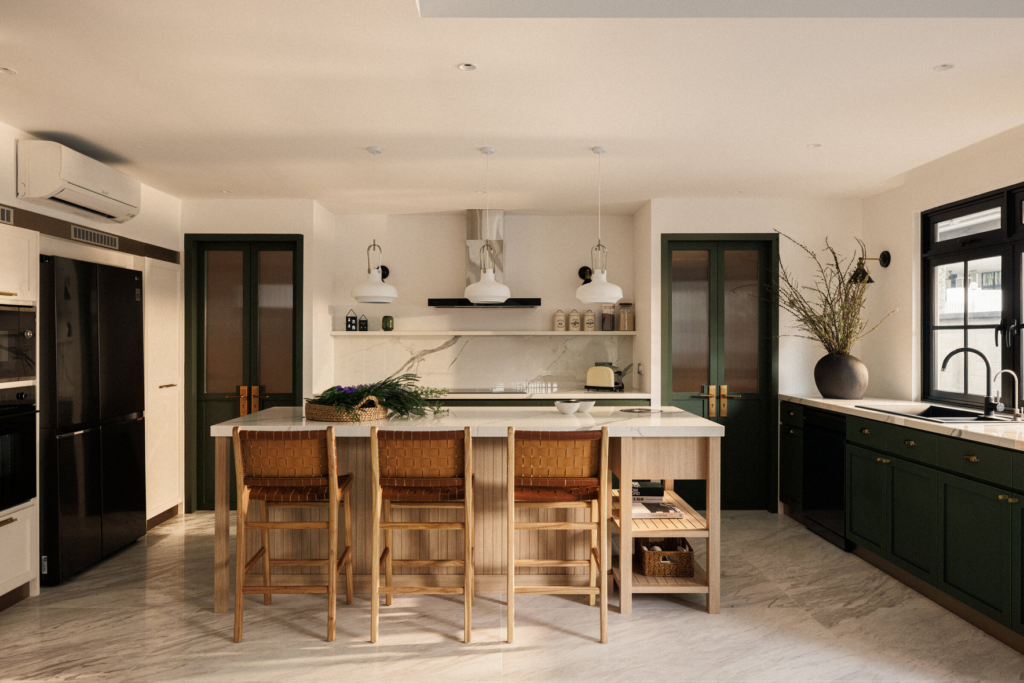
Modern rustic design never looks the same in two places. It absorbs the climate, the history, and the materials of its surroundings. Hence it’s easy to understand why a snow-covered farmhouse in Norway won’t have the same rustic elements as a loft in New York or a desert retreat in New Mexico. Each version bends toward the landscape around it, keeping the raw honesty of the style and at the same time shifting textures, colors, and materials to fit.
The worst mistake in modern rustic interior design is forcing a look that doesn’t belong. An apartment in the middle of a city filled with bulky log furniture and faux-antique barn doors will always feel off. Some spaces need more light, while others call for contrast and depth; the best modern rustic homes understand where they stand. Take as an example a cabin in the mountains: it leans into thick woods and heavy fabrics because that’s what makes sense in the cold. A home in the high desert, on the other hand, pulls in sunbaked clay, rough plaster, and woven wool because it belongs there. Otherwise, it would feel staged and, in the worst case, even ridiculous.
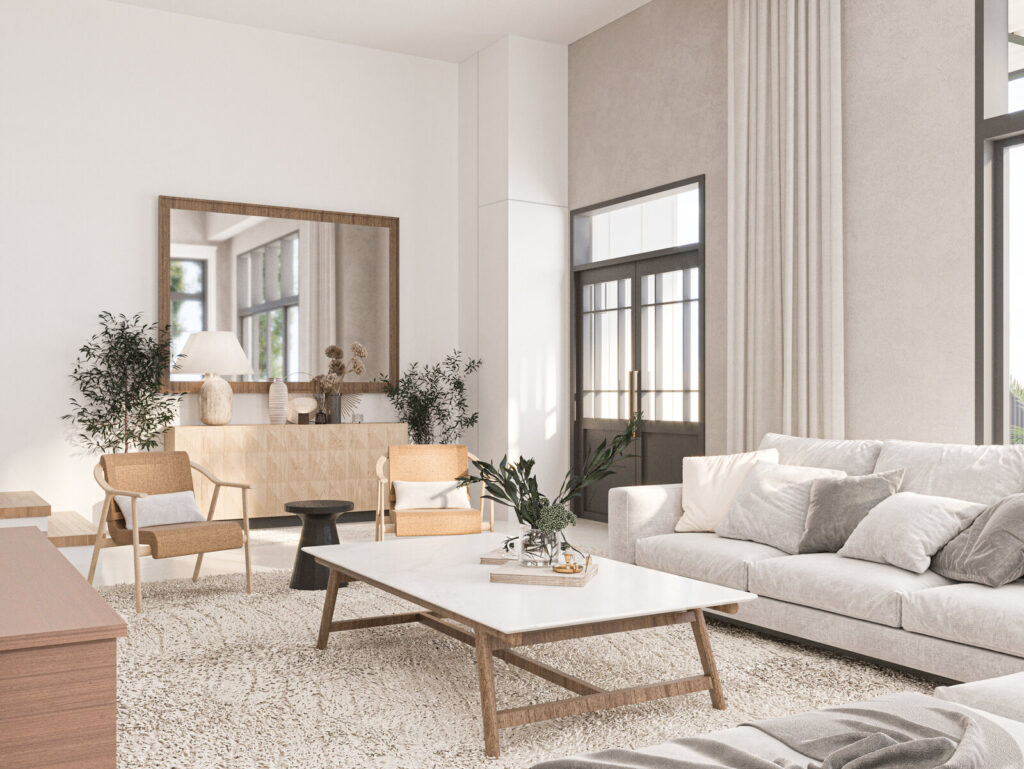
Bright, Airy, and Uncluttered Scandinavian Rustic
In the far north, winters stretch long, and daylight disappears for months. Home design must adapt to pull as much light as possible. So Scandinavian rustic design strips away traditional rustic spaces in favor of a lightweight version, where materials stay natural, but the palette and shapes soften. Pine, birch, and ash replace darker woods, white plaster walls bounce light, wool and linen show up everywhere. Instead of thick, patterned rugs, woven jute or sheepskin stretch across wooden floors.
Fireplaces, when they appear, tend to be streamlined—simple, white, often built-in against a plastered wall. Black iron fixtures, whether in lighting or hardware, cut through the softness just enough to keep the space from floating away.
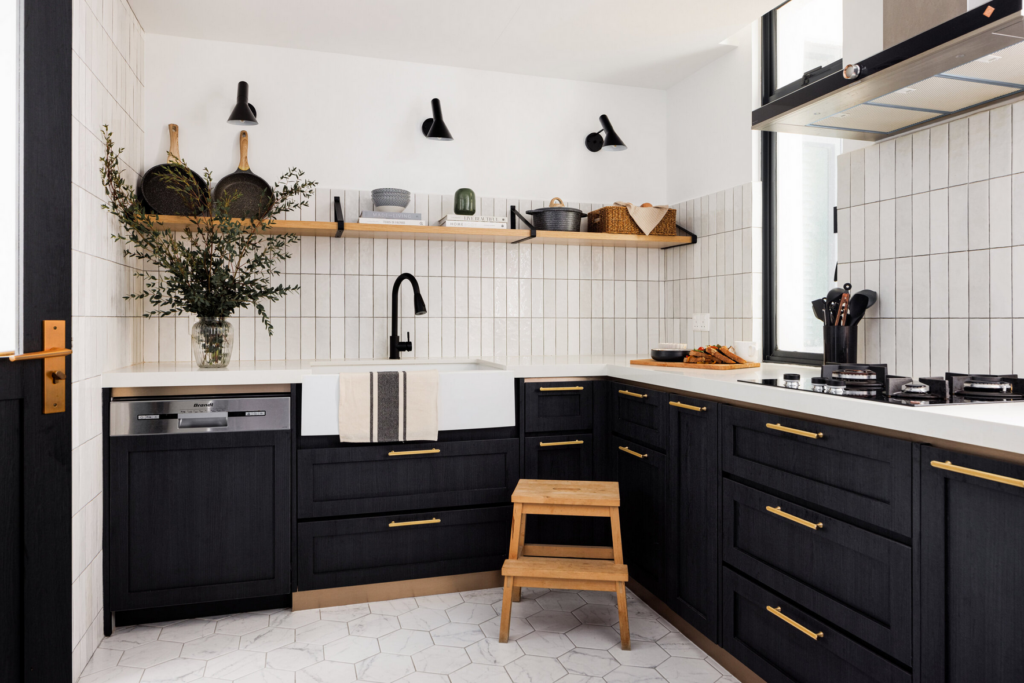
Industrial Rustic, A Harsher Beauty
Now, move the style into a city, and it sharpens. The industrial version of modern rustic interior design keeps the raw materials of its countryside counterpart but adds an edge with more steel, concrete, worn leather, and exposed brick. It works best in spaces that already have some history, such as old warehouses, lofts, or converted factories.
The wood shifts darker here. Instead of pale Scandinavian planks, industrial rustic rooms lean toward reclaimed beams, aged oak, and black walnut. Leather comes in deep browns, charcoal grays, even shades of tobacco. Sofas have weight. Chairs sit lower, wider. Unlike the softer versions of rustic design, industrial style welcomes contrast. But despite all the differences, materials still do the talking. They don’t need decorative elements to make them interesting.
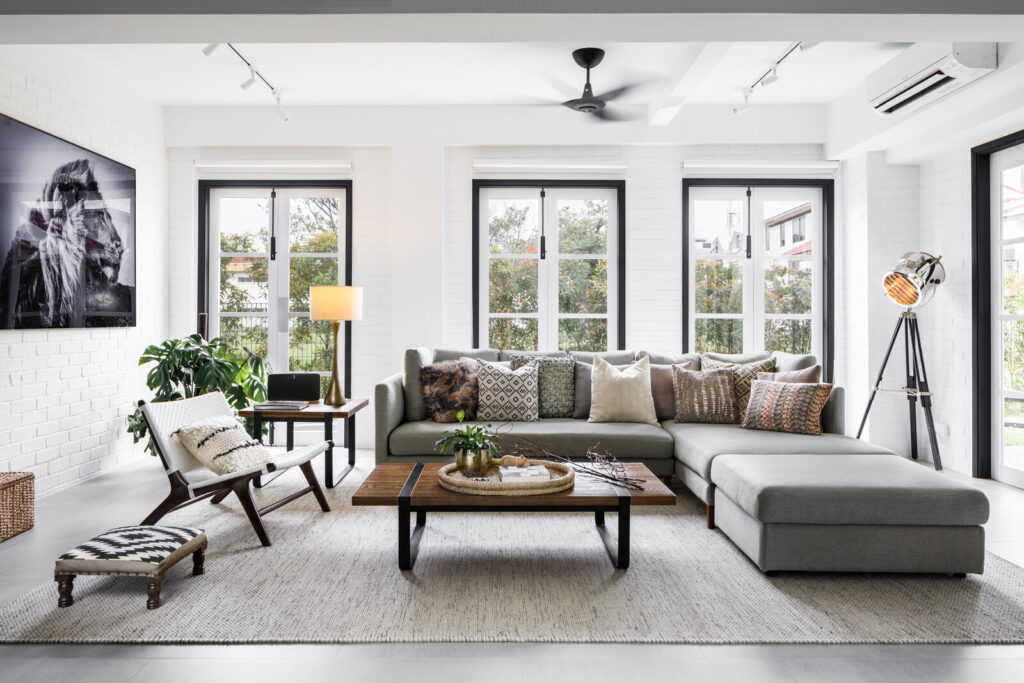
Sunbaked, Worn, and Handcrafted
Rustic homes in the American Southwest don’t look anything like their European or Scandinavian counterparts, but they share the same principles—raw materials, simple forms, natural textures. Instead of oak and walnut, they use mesquite and cedar. Navajo blankets replace wool throws. Stone appears, not as a massive fireplace or rough-hewn mantel but as a weathered and uneven accent wall, or as flagstone floors that stay cool in the heat.
Built-in elements define these spaces—benches carved into the walls, adobe fireplaces that seem to grow out of the structure itself, deep windowsills wide enough to sit on.
But beyond all else, it’s handcrafted details that give Southwestern modern rustic interior design such a strong, discerning character. A ceramic water jug, slightly misshapen, handwoven rug with colors faded with time, or a collection of terra cotta pots, some cracked, some whole.
Like industrial rustic, this version of the style understands restraint. Too much pattern, too many decorative elements, and the space loses its quiet strength.
Texture Over Embellishment
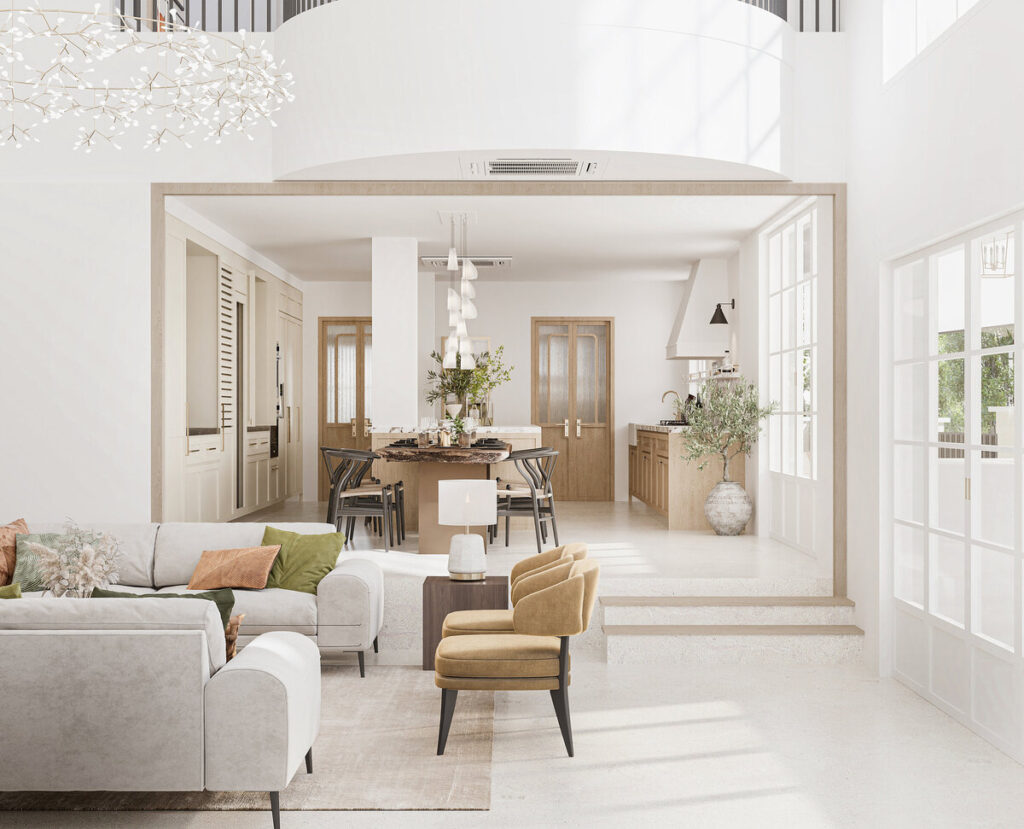
Yes, we all know how much modern rustic interior design thrives on organic flair. But there’s a difference between using natural materials and letting them be what they are. Modern rustic interiors rely on the surfaces to do the work that traditional interiors often assign to pattern or decoration. A well-worn leather chair adds more disposition to a room than any collection of throw pillows ever could. In the same way, the plastered wall with subtle irregularities has more movement than wallpaper.
Almost nothing defines rustic interior design as much as wood, but only when it’s allowed to be what it is. Wood needs to show its grain, knots, and imperfections. Reclaimed beams shouldn’t be sanded down to perfection; the point isn’t to make a space look old but to let its materials show their history. There’s a good reason why a farmhouse table bears the marks of use—scratches, knots, uneven grain.
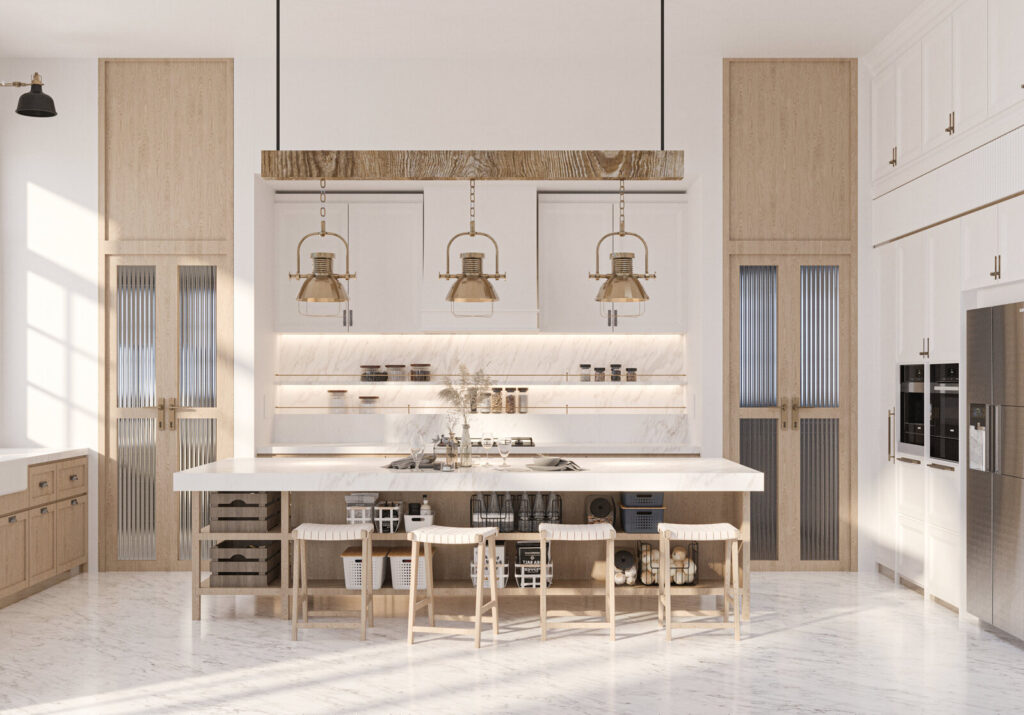
Stone works the same way. A fireplace clad in limestone with a rough-hewn edge feels natural in any type of rustic interior, but contemporary spaces require restraint. A single slate floor or an exposed stone wall carries more impact than a room overloaded with heavy materials. And then there’s fabric that must be chosen with equal care. Linen, wool, and cotton work because they breathe and feel organic, they naturally belong to the modern rustic style. Synthetic is simply too smooth, too perfect; it breaks the balance.
Simply said, the goal isn’t to replicate an old-world aesthetic but to bring those materials into a contemporary context where their texture contrasts with cleaner architectural elements.
Scale, Weight, and the Importance of Space
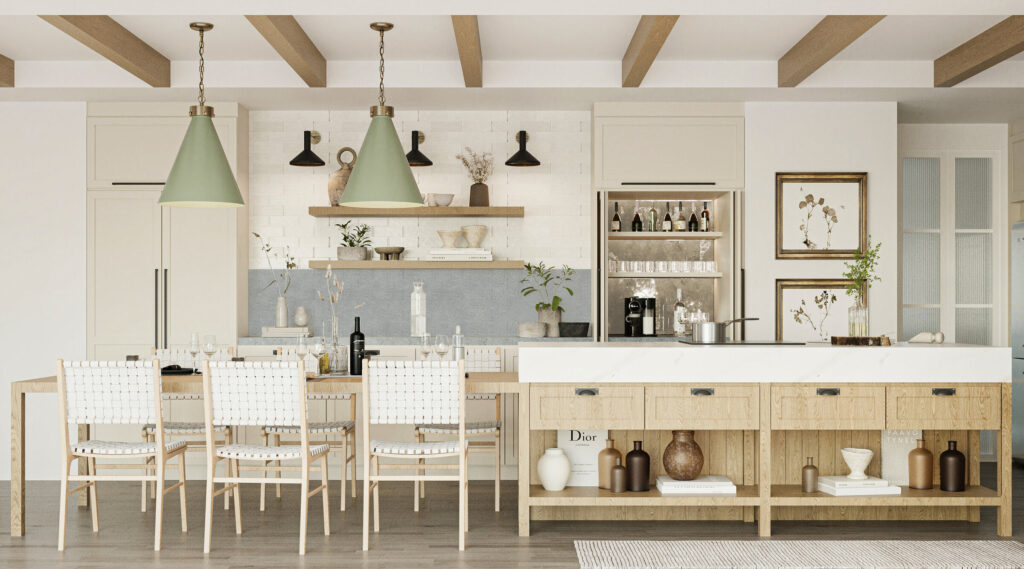
Furniture in modern rustic spaces has presence. A coffee table should feel solid, whether made of reclaimed wood or stone. A dining table should be something that carries the weight of conversation, meals, time. Thin, delicate furniture rarely works in these spaces. The best pieces feel rooted—like they could have been there for generations, even if they weren’t.
But presence doesn’t mean bulk. One mistake in rustic design is assuming that every piece must be heavy, oversized, or imposing. That couldn’t be further from the truth—a room full of weighty furniture suffocates the space.
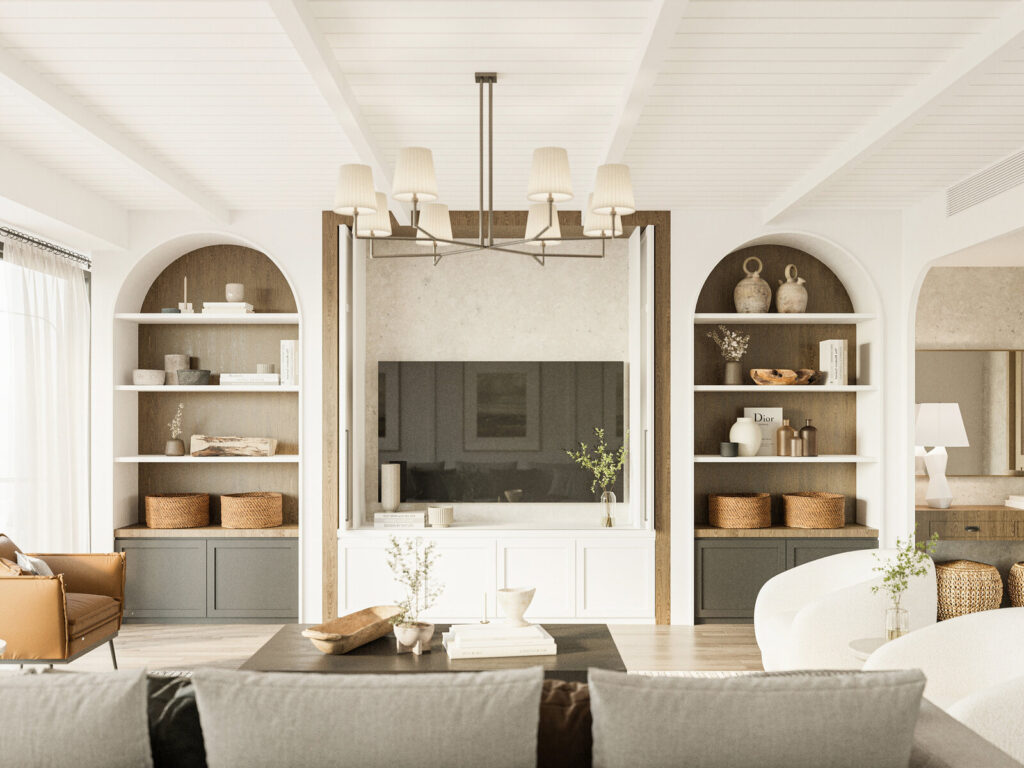
As in anything regarding good interior design, it’s all about good balance. If a dining table is thick and textured, the chairs can be lighter—slim black metal, woven leather, or simple spindle-back wood can work well here. If a sofa is deep and plush, the coffee table might be lower, more sculptural, creating negative space that lets the room breathe.
How to Bring This Style Into Your Home
Modern rustic interior design doesn’t perform or stage imperfection. It just exists—real, lived-in, and quietly beautiful.
Mixing old and new requires intent. A vintage apothecary cabinet works if its scale fits the space; a heavy, oversized antique armoire in a small room feels oppressive. Too many vintage elements and the space leans rustic; too many sleek, modern pieces and the warmth disappears. So, how to strike a perfect balance between all elements?
Consult the experts who can make it work for you!
